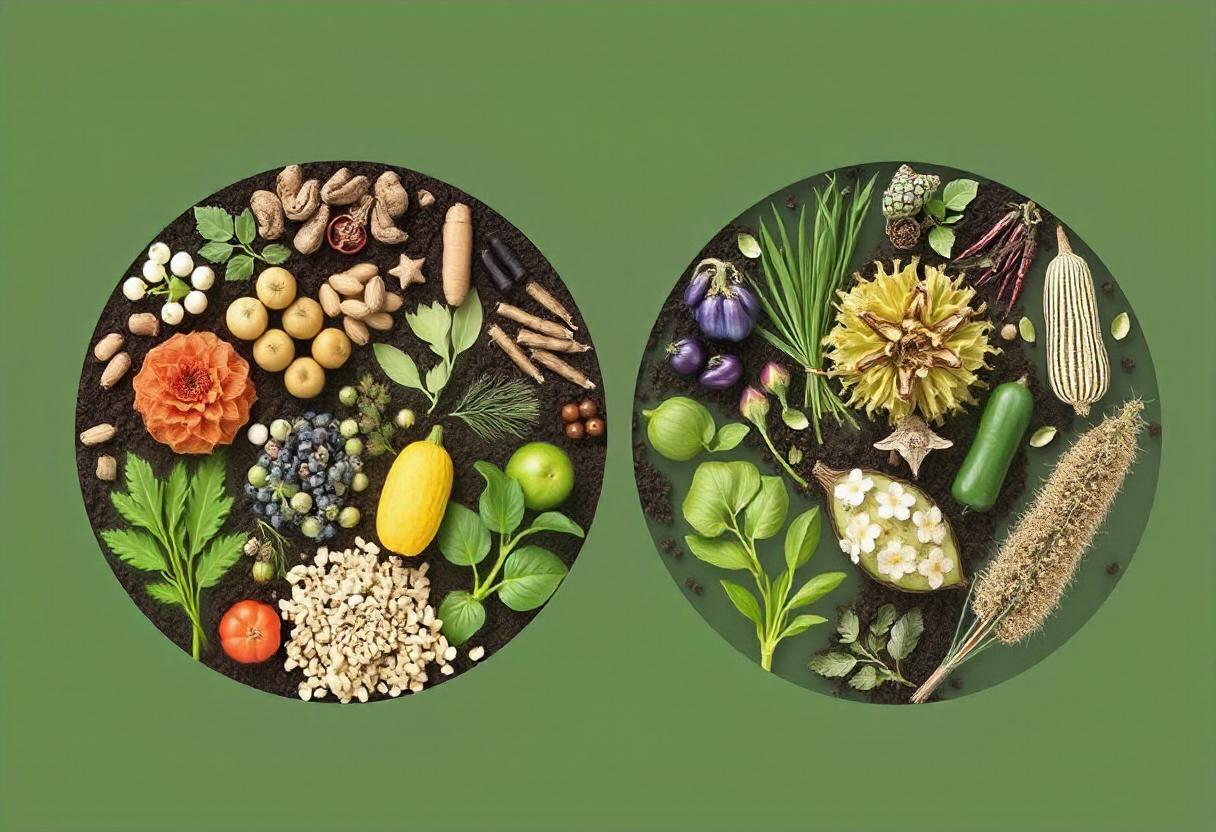
Agrobiodiversity, the diversity of life forms associated with agriculture, plays a crucial role in ensuring sustainable food systems and resilient agricultural practices. This article explores the importance of agrobiodiversity and the various crop varieties that contribute to it.
Understanding Agrobiodiversity
Agrobiodiversity encompasses the variety of crops, livestock, and other organisms used in agriculture. This diversity is vital for the stability and resilience of agricultural systems. It helps in managing pests, diseases, and changing environmental conditions. By preserving a wide range of species and varieties, farmers can ensure that their systems are more adaptable and sustainable.
Importance of Crop Varieties
Crop varieties are different types of a specific crop species, each with its unique traits and characteristics. These varieties are essential for several reasons:
- Adaptation to Local Conditions: Different crop varieties are suited to various environmental conditions, including soil types, climate, and pest pressures. Using appropriate varieties ensures better yields and resilience to local challenges.
- Disease and Pest Resistance: Diverse crop varieties can reduce the impact of diseases and pests. When multiple varieties are grown, the spread of specific pests or diseases is less likely to devastate the entire crop.
- Nutritional Benefits: Different crop varieties offer varying nutritional profiles. By incorporating a range of varieties into diets, individuals can benefit from a broader spectrum of nutrients.
- Economic Benefits: Growing diverse crop varieties can help farmers access niche markets and increase their income. Varieties with unique traits or qualities can often command higher prices.
Conservation of Crop Varieties
Conserving crop varieties is crucial for maintaining agrobiodiversity. There are several strategies to achieve this:
- Seed Banks: Seed banks store seeds from various crop varieties, preserving them for future use. These banks play a critical role in maintaining genetic diversity.
- On-Farm Conservation: Farmers play a key role in conserving crop varieties through traditional practices and by growing diverse crops. This approach helps maintain local varieties and their adaptation to specific conditions.
- Research and Development: Ongoing research in agricultural science contributes to the development of new crop varieties and the preservation of existing ones. Collaboration between scientists and farmers is essential for effective conservation.
Challenges in Agrobiodiversity
Despite its importance, maintaining agrobiodiversity faces several challenges:
- Monoculture Farming: The trend towards monoculture, where a single crop variety is grown extensively, reduces agrobiodiversity and increases vulnerability to pests and diseases.
- Climate Change: Changing climate conditions can affect the suitability of various crop varieties. Adapting to these changes requires ongoing research and the development of resilient varieties.
- Loss of Traditional Varieties: Modern agricultural practices often favor high-yielding varieties, leading to the loss of traditional and locally adapted varieties. Efforts are needed to document and preserve these valuable resources.
Conclusion
Agrobiodiversity and the variety of crops are essential for sustainable and resilient agricultural systems. By understanding and supporting the conservation of crop varieties, we can contribute to a more stable and diverse food system.